Canadair CC-106 CL-44 Canadian Air Force
Production Time 9 to 10 weeks
Shipment is by FedEx, UPS or DHL International Express Courier with a normal door-to-door delivery time worldwide of within 2-3 business days after dispatch. Due to the current volatility of world fuel prices, the amount mentioned here is our best estimate for DHL and UPS and may be subject to change at the time of shipping.

Model Description: Canadair CC-106 CL-44 Canadian Air Force Wood Replica Scale Custom Model Aircraft
Manufacturer: Canadair
Wingspan: 17 Inches (43.2 Centimeters)
Height: 4.6 Inches (11.7 Centimeters)
Scale: 1:100
$239.50
Production Time 9 to 10 weeks
-
United States dollar ($)
-
Pound sterling (£)
-
Euro (€)
-
Australian dollar ($)
-
Canadian dollar ($)
-
Singapore dollar ($)
-
Swiss franc (CHF)
-
Japanese yen (¥)
-
Danish krone (kr.)
-
Hong Kong dollar ($)
-
Norwegian krone (kr)
-
Swedish krona (kr)
-
United Arab Emirates dirham (د.إ)
General Product Description
Our PlaneArt Canadair CC-106 CL-44 Canadian Air Force model exhibits unique, unrivaled quality and detailed design to come as close as possible to the accuracy of the actual plane. It comes as standard with a robust, durable base or stand which is available in a variety of different finishes designed to match your own personal requirements including solid wood, wood with polished metal supports or adjustable wood wall mount and will be ready within about 9-10 weeks from placement of order.
The Canadair CC-106 CL-44 Canadian Air Force model is made of the finest kiln dried renewable mahogany wood (commonly known as Lauan or Meranti) which has undergone many stages of carving and meticulous and careful sanding giving the beautiful, finished museum quality masterpiece. Many collectors and model connoisseurs demonstrate their preference for genuine handmade and hand painted mahogany wood models rather than plastic or die cast (diecast) alternatives due to the overall look and totally different feel of the item - we trust you will find the same. We can however, if required produce the same model in Solid Cast Resin so just click and contact us for further information. Our craftsmen and gifted artisans ensure that our finely handcrafted model airplanes match the precise blueprint details of the original aircraft. The paint scheme, markings and parts are closely matched, reflecting the original aircraft. This stylish top-quality desktop replica model will surely enthrall anyone who receives this as a gift and for sure one of the most appropriate and desirably collectable gifts for any aviation enthusiast or avid military jet aircraft collector whilst also displaying a perfect resemblance to the actual real life version.
There are many types of military jet aircraft, but the basic types are bombers, fighters, fighter bombers, spotter planes, transporters, patrol aircraft, trainers, and reconnaissance and observation aircraft. All these types of aircraft are used for different types of missions. If you're a fan of historic or present-day military aviation, our model aircraft will bring the excitement and character of these aircraft right into your own home.
If you require, we can also make the Canadair CC-106 CL-44 Canadian Air Force model in any other military, government or even private livery or colour scheme you require and if necessary, in a different size or scale. Just click here to contact us with a description or photographs of what you require, and we will let you have a quotation for the necessary customization by return email. We can also make bespoke scale replicas of any other private / civil commercial airliner or airliners, helicopter, glider, gliders with engines, military propeller, warplane jets, biplane, triplane, tail fin, spacecraft, rocket or NASA model you require in any airline, military or civilian livery or colors. We also produce model airships, blimps, dirigibles, blimps, boats, and ship collectibles. Wall plaque or seal for military, government or private customers. Again, by clicking here to contact us just let us know exactly what you need.
Canadair CC-106 CL-44: A Pillar of the Canadian Air Force
The Canadair CC-106 CL-44, known for its distinctive swing-tail design, holds a special place in the annals of Canadian aviation history. As a military transport aircraft, it played a crucial role in the logistics and operational capabilities of the Royal Canadian Air Force (RCAF) during the Cold War era. This article delves into the origins, design, and operational history of this remarkable aircraft, highlighting its significance to the Canadian Air Force.
Origins and Development:
The story of the CC-106 CL-44 begins in the late 1950s, a period marked by rapid advancements in aviation technology and an increasing need for versatile transport aircraft. Canadair, a prominent Canadian aerospace manufacturer, sought to build upon the success of the Bristol Britannia, a British turboprop airliner. The result was the CL-44, a derivative with enhanced capabilities tailored to meet both commercial and military needs.
The RCAF was particularly interested in the CL-44 for its ability to transport large and bulky cargo, a requirement that was becoming increasingly important for military operations and humanitarian missions. In 1960, Canadair delivered the first CC-106 CL-44 to the RCAF, marking the beginning of a decade-long service period that would see the aircraft become a workhorse of Canadian military logistics.
Design and Features:
One of the most innovative features of the CC-106 CL-44 was its swing-tail design, which allowed the entire rear fuselage to pivot sideways. This unique feature provided unobstructed access to the cargo hold, enabling the loading and unloading of oversized cargo that would be impossible with conventional aircraft. The swing-tail mechanism was a game-changer for military logistics, allowing the rapid deployment of equipment and supplies in various operational theaters.
The CC-106 was powered by four Rolls-Royce Tyne turboprop engines, which provided the aircraft with a cruising speed of approximately 640 km/h (400 mph) and a range of over 8,000 kilometers (5,000 miles) when fully loaded. Its spacious cargo hold, combined with a maximum payload capacity of around 30,000 kg (66,000 lbs), made it an indispensable asset for the RCAF.
Operational History:
Throughout its service with the Canadian Air Force, the CC-106 CL-44 was involved in a wide range of missions. From transporting troops and equipment during NATO exercises to delivering humanitarian aid in crisis-stricken regions, the aircraft proved its versatility time and again. Its ability to operate in remote and austere environments made it particularly valuable for missions in the Canadian Arctic, where the harsh conditions demanded robust and reliable aircraft.
In addition to its military duties, the CC-106 also saw service in civilian roles. Several aircraft were sold to commercial operators after their retirement from the RCAF, where they continued to demonstrate their utility in cargo operations around the world. The aircraft’s swing-tail design remained a sought-after feature in the commercial sector, particularly for transporting outsized cargo such as aircraft engines and construction equipment.
Legacy:
The Canadair CC-106 CL-44 may not be as well-known as some of its contemporaries, but its impact on Canadian military aviation is undeniable. The aircraft’s innovative design, coupled with its reliable performance, ensured that it remained a valuable asset throughout its service life. Even after its retirement from the RCAF, the CL-44’s legacy lived on in the commercial sector, where it continued to serve as a testament to Canadian ingenuity and engineering prowess.
Today, the CC-106 CL-44 is remembered as a pioneering aircraft that helped shape the capabilities of the Canadian Air Force during a critical period in its history. Its contributions to military and civilian aviation alike underscore the importance of adaptability and innovation in aircraft design, principles that continue to guide the development of modern military transport aircraft.
Conclusion:
The Canadair CC-106 CL-44 stands as a symbol of Canadian aerospace innovation and a crucial component of the RCAF’s logistical operations during the Cold War. Its unique swing-tail design and impressive performance characteristics made it a versatile and reliable aircraft, serving both military and civilian roles with distinction. The legacy of the CC-106 continues to inspire advancements in aviation, reminding us of the importance of adaptable and forward-thinking engineering solutions in meeting the demands of both military and commercial aviation.
| Weight | 6 kg |
|---|---|
| Dimensions | 16.3 × 17 × 4.6 in |
Be the first to review “Canadair CC-106 CL-44 Canadian Air Force” Cancel reply
Similar Models
Military Airplanes - Propeller
Helicopters
Military Airplanes - Jet
Military Airplanes - Jet
Private & Civilian
Military Airplanes - Jet
Military Airplanes - Jet
Military Airplanes - Jet
McDonnell Douglas CF-18 Hornet Canadian Air Force 410 Cougars
Military Airplanes - Jet
Military Airplanes - Jet
Military Airplanes - Jet
Military Airplanes - Jet
Military Airplanes - Propeller
Military Airplanes - Propeller
Military Airplanes - Propeller
Military Airplanes - Propeller
Military Airplanes - Propeller
Military Airplanes - Jet
Private & Civilian
Military Airplanes - Propeller
Tail Shields & Flashes, Plaques & Seals
Military Airplanes - Jet
Military Airplanes - Propeller
Military Airplanes - Propeller
Military Airplanes - Jet
Military Airplanes - Jet
Military Airplanes - Jet
Private & Civilian
Military Airplanes - Jet
Boeing C-17 Globemaster III Canada – Royal Canadian Air Force
Military Airplanes - Jet
Private & Civilian
Private & Civilian
Private & Civilian
Private & Civilian
Private & Civilian
Military Airplanes - Jet
Military Airplanes - Jet
Military Airplanes - Jet
Helicopters
Military Airplanes - Jet
Military Airplanes - Jet


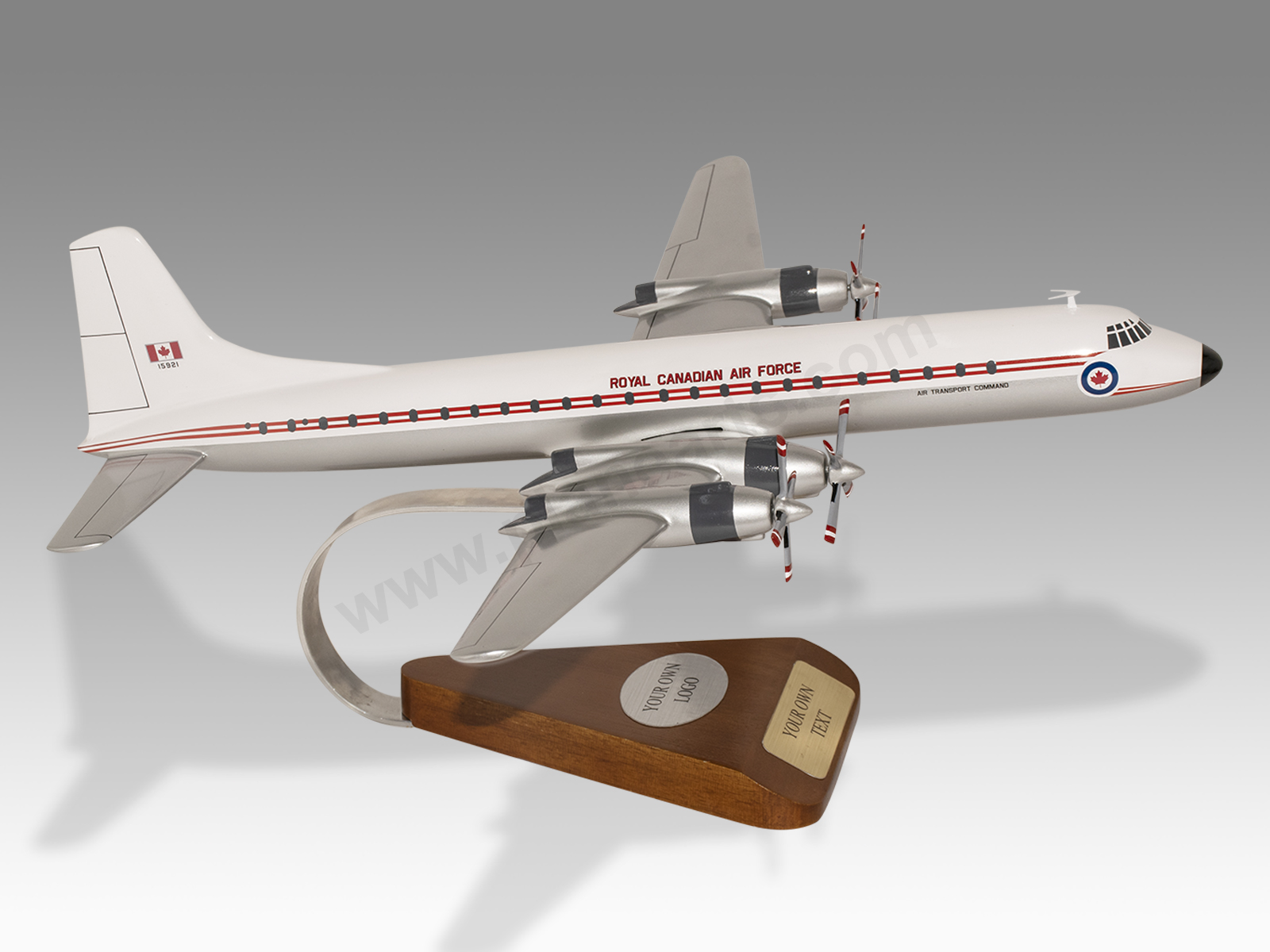

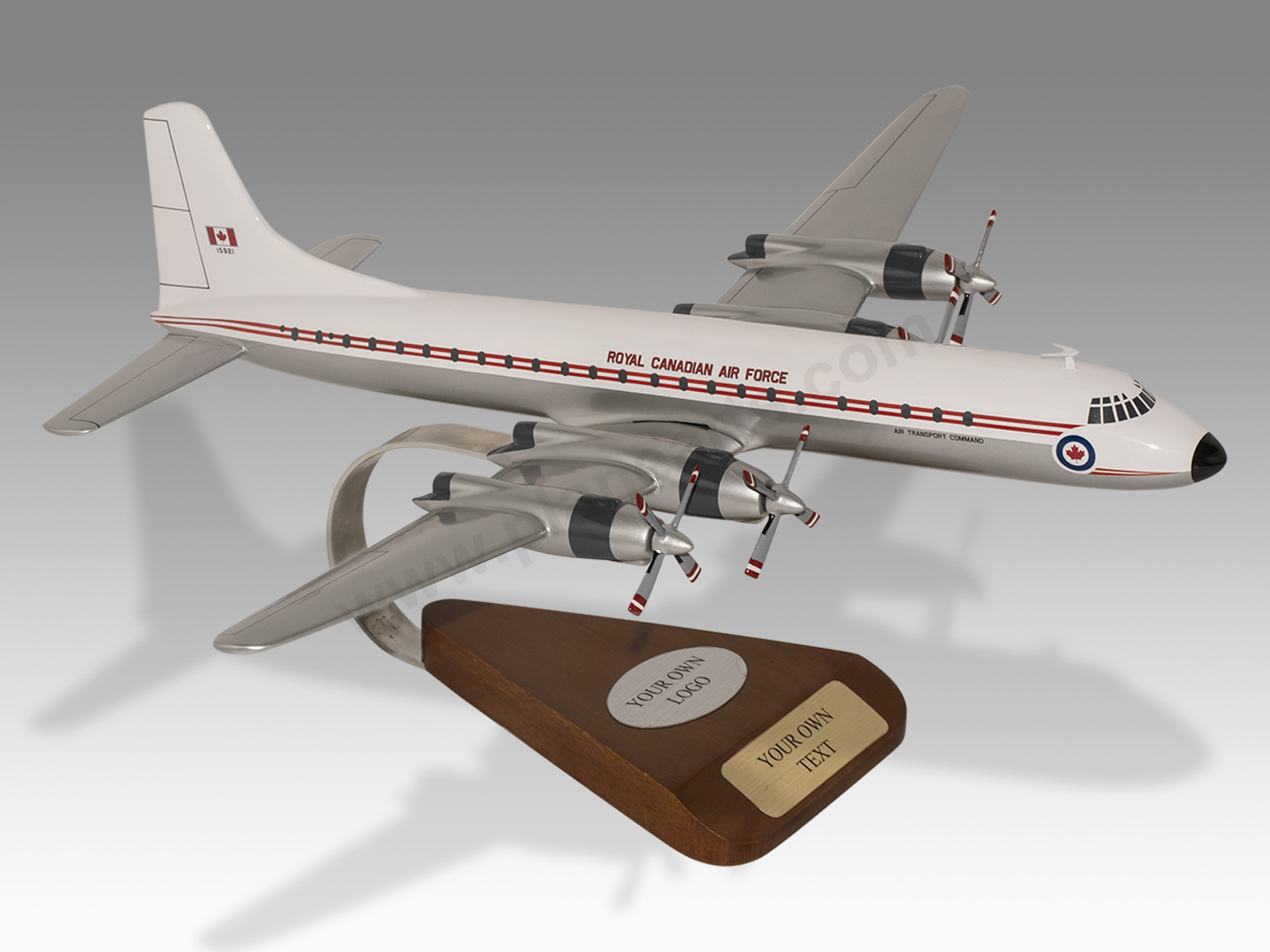
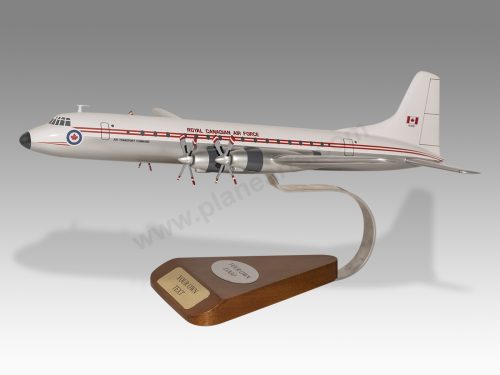
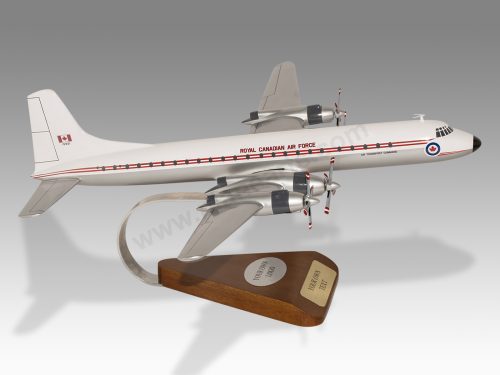
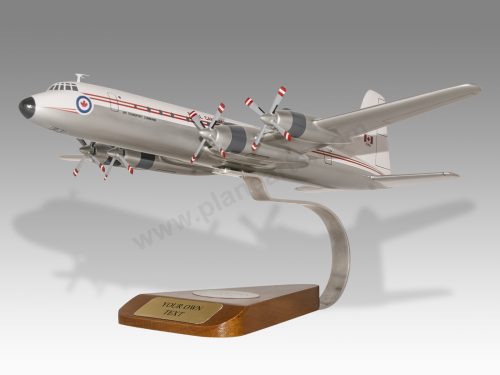
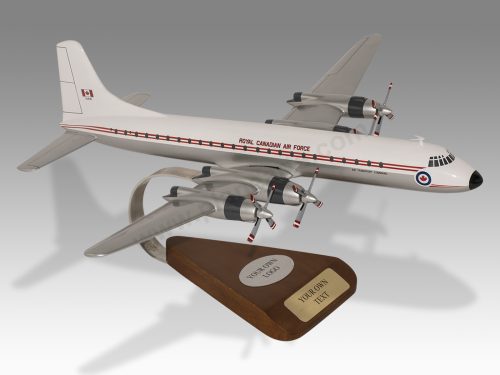
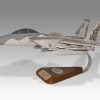
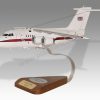
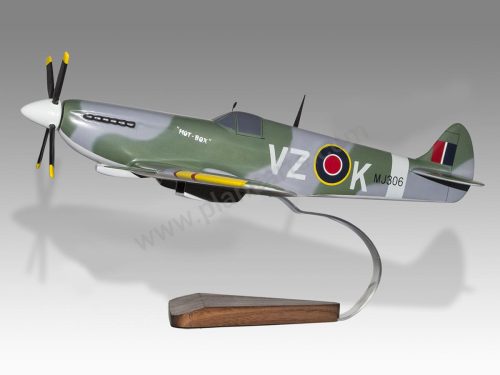


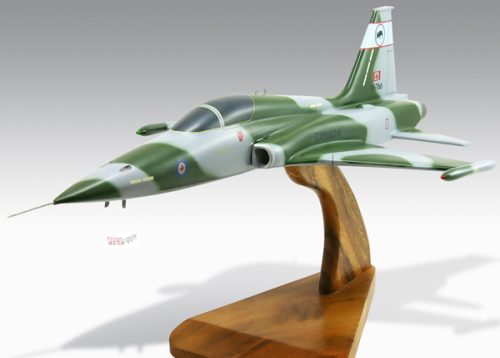
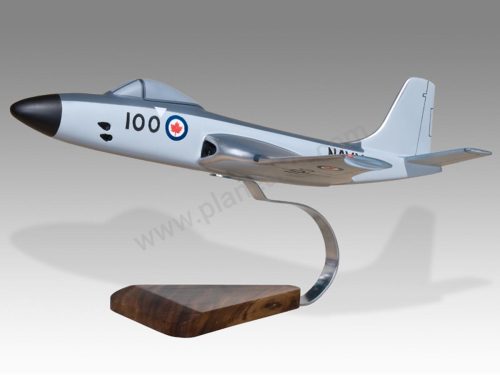
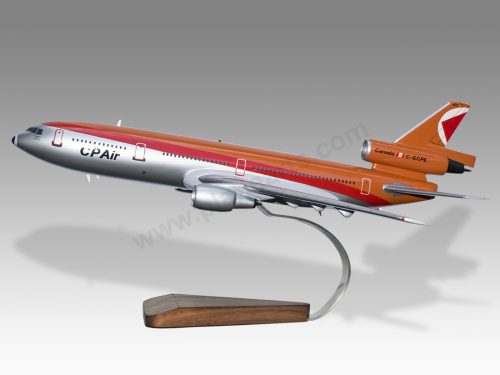
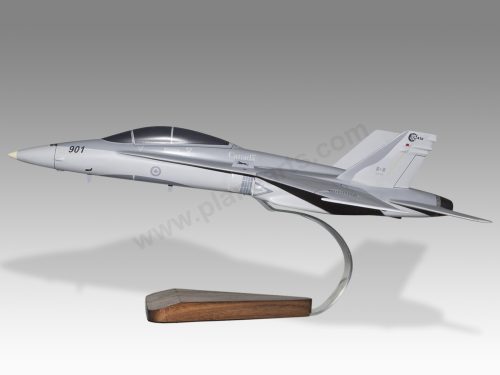

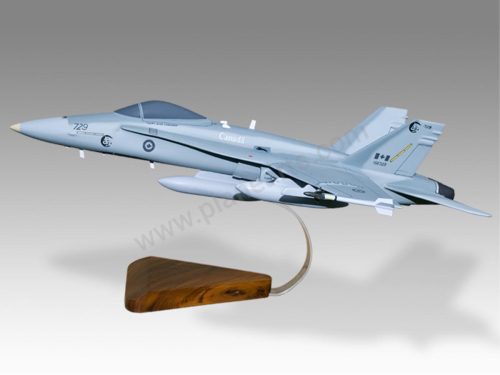
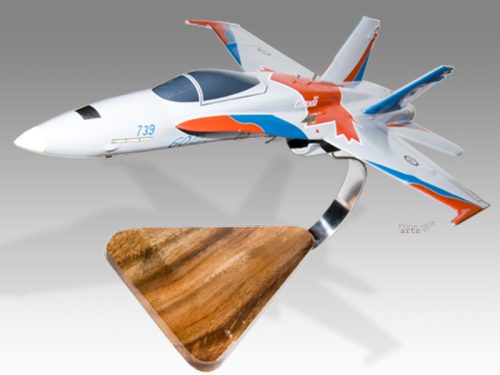
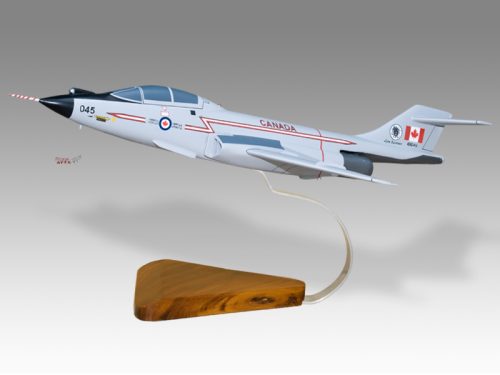

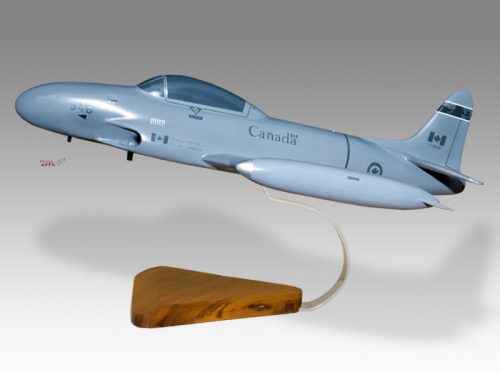
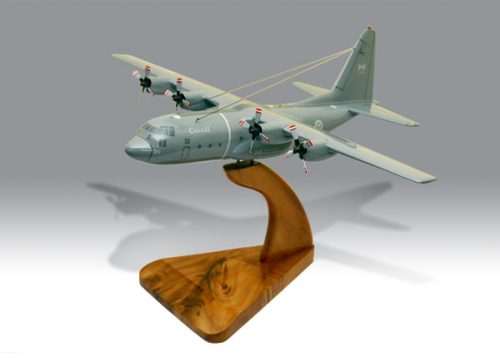

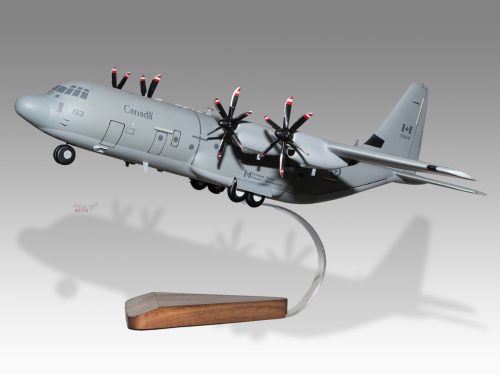
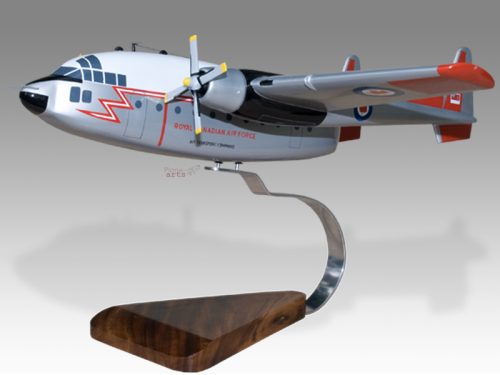
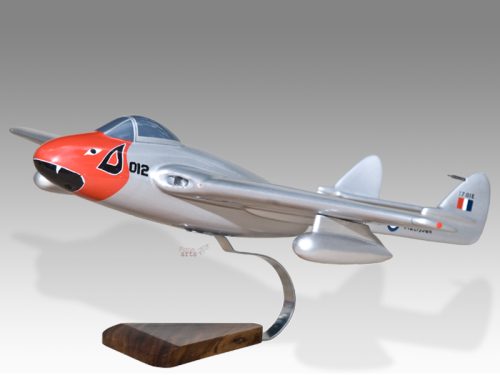


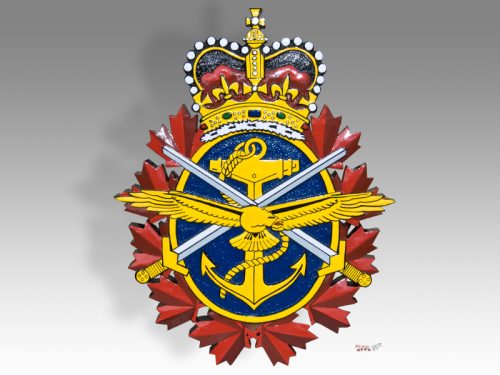
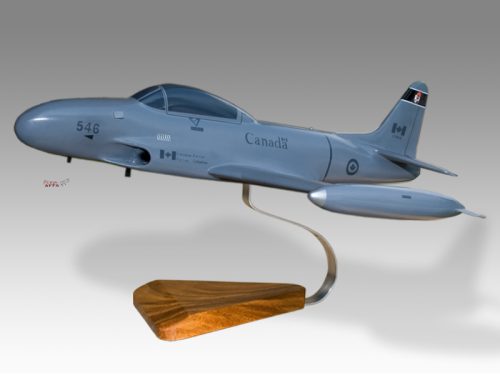
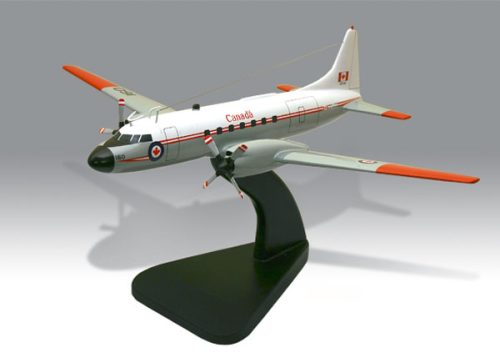

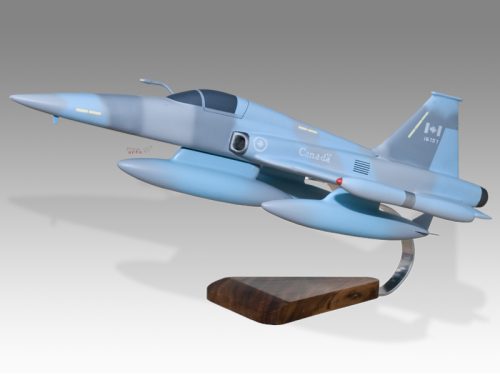


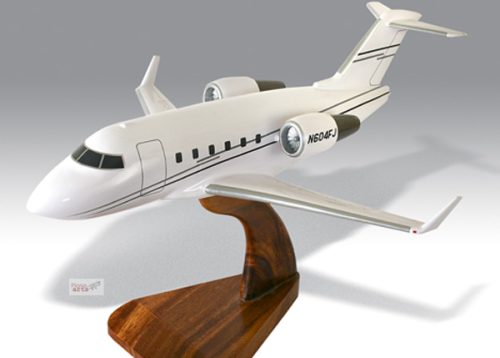
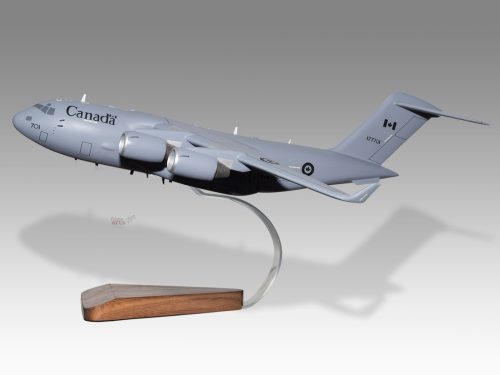
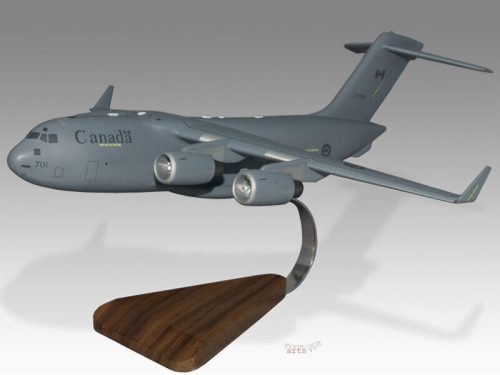
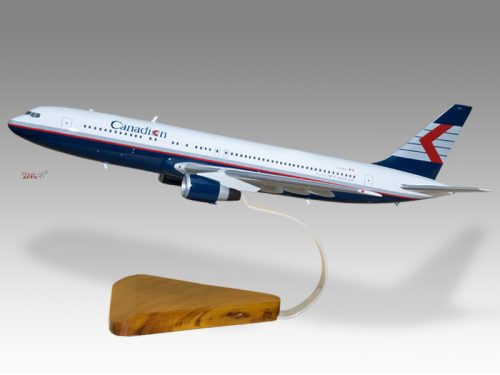
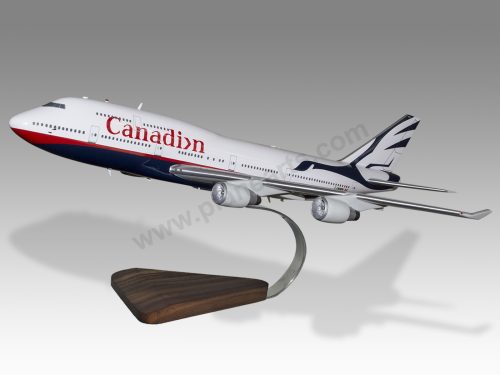
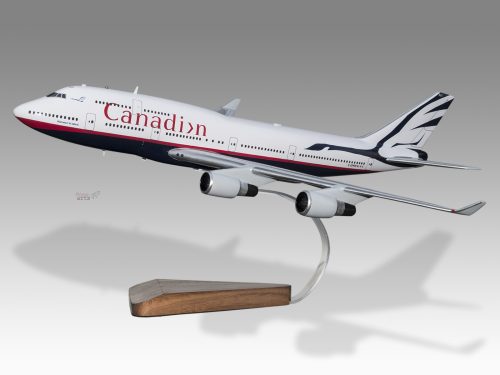

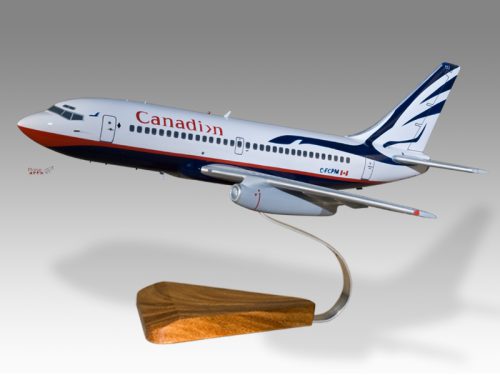
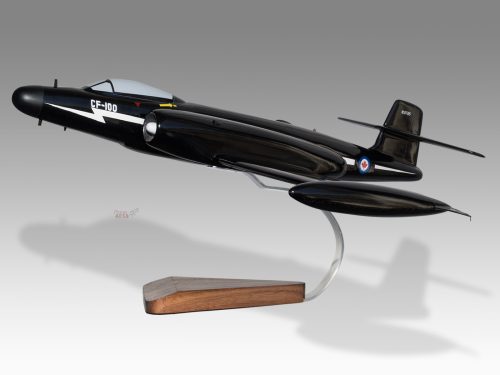
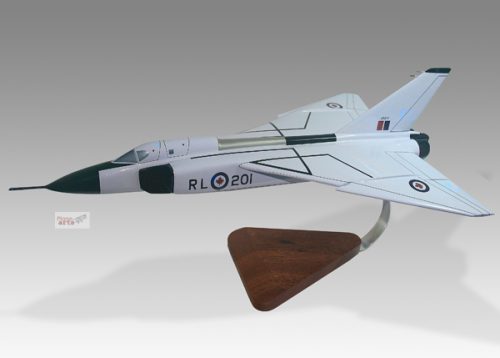
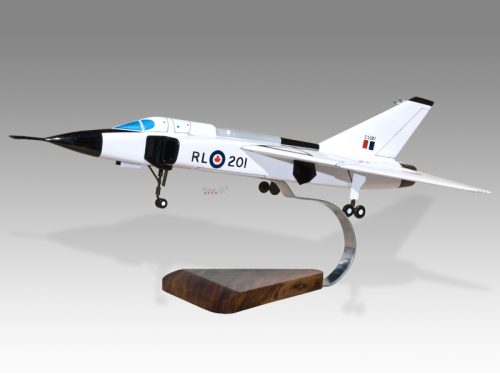
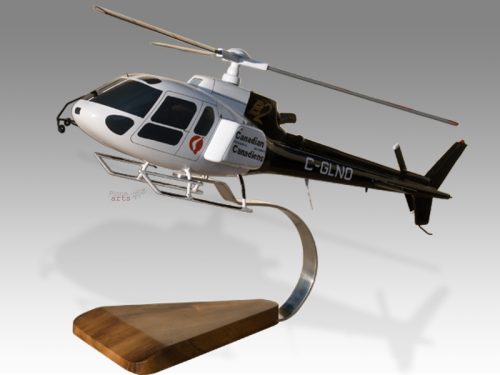
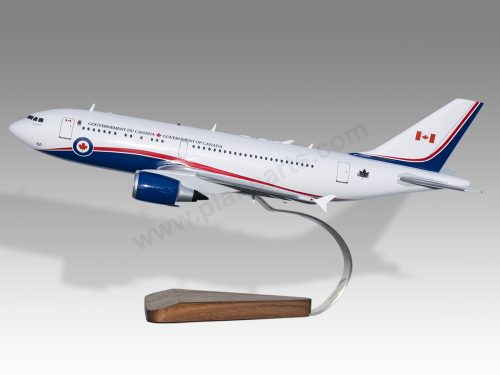

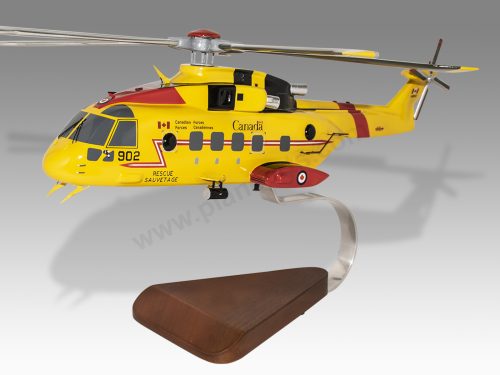
Reviews
There are no reviews yet.